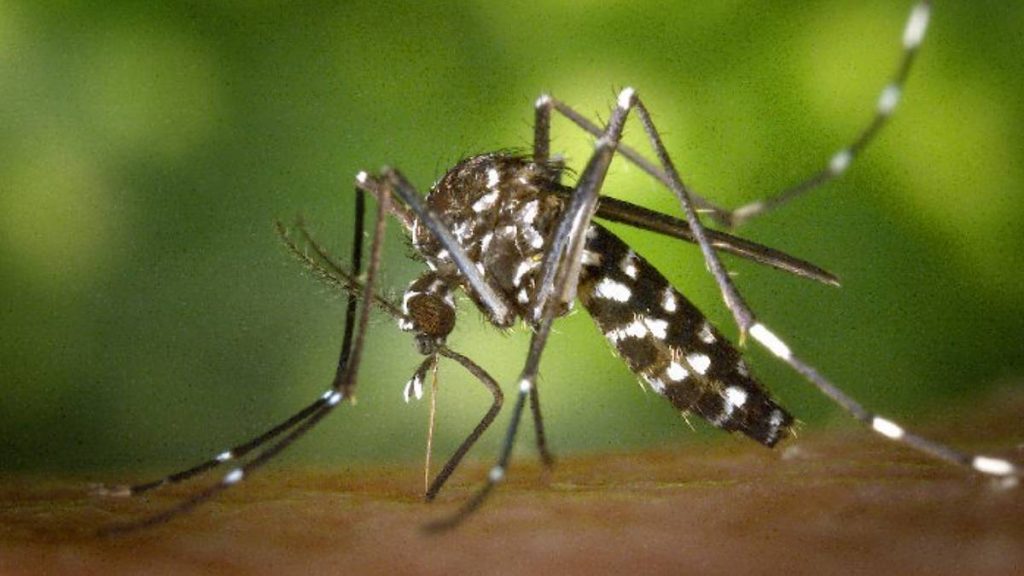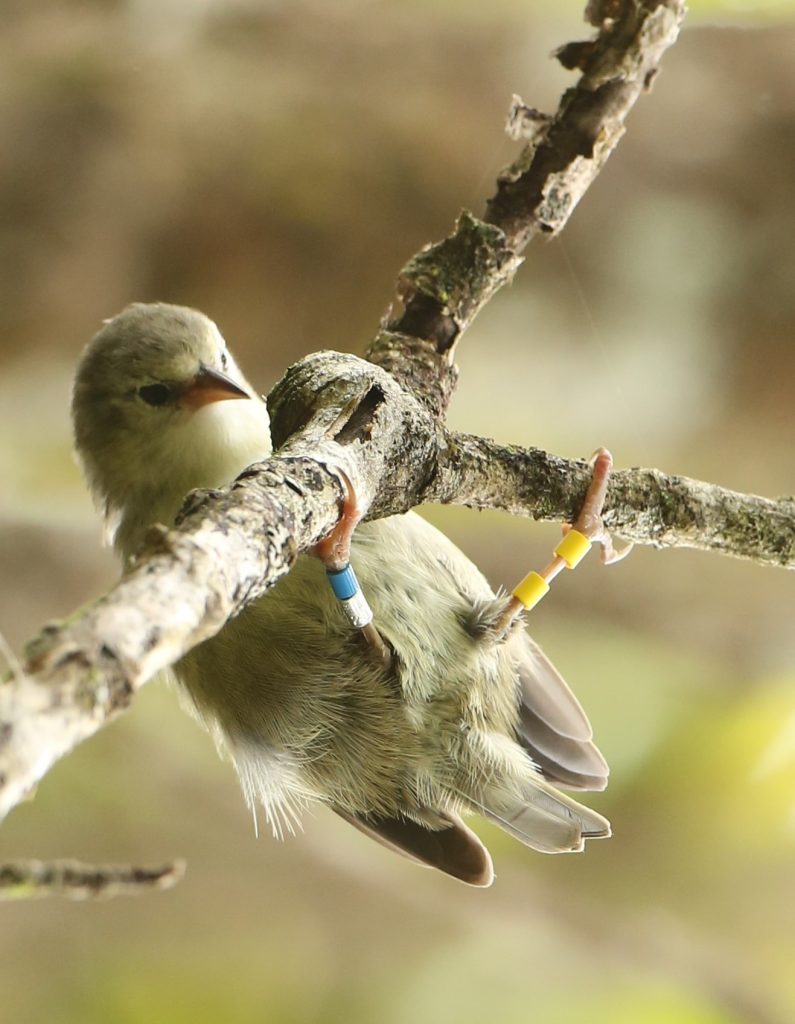State, feds one step closer to protecting native forest birds on Kauaʻi from mosquito-borne diseases
The Hawaiʻi Department of Land and Natural Resources and U.S. Fish and Wildlife Service are one step closer to protecting native forest birds on Kauaʻi from mosquito-borne diseases with their proposal to employ the incompatible insect technique to reduce mosquito populations.

An environmental assessment was finalized, with a finding of no significant impact by at the state and federal levels.
“Already, 10 of the 16 native honeycreepers of Kaua‘i have gone extinct and three of the remaining six species are endangered or threatened, with research documenting that the ʻakeke‘e and ʻakikiki would be driven to extinction within the next decade unless immediate action is taken,” said U.S. Fish and Wildlife Service Field Supervisor for the Pacific Islands Fish and Wildlife Office Earl Campbell.
Campbell added that the need for this project is urgent and will contributes to the recovery and conservation of several federally listed native bird species, including the ʻakekeʻe, ʻakikiki, puaiohi, and ʻiʻiwi, as well as other avian species with concerning declines in population and range.
“Native honeycreepers like the ‘akikiki have literally crashed in their native habitats in the montane regions of Kaua‘i,” said Department of Land and Natural Resources Division of Forestry and Wildlife Administrator David Smith. “The latest surveys conducted by the Kaua‘i Forest Bird Recovery Project, only detected five remaining ‘akikiki in the wild.”
Introduced diseases, particularly avian malaria spread by invasive mosquitoes, are the greatest threat to Hawaiʻi’s native forest birds.
Just one mosquito bite can kill a forest bird. Implementing mosquito control is part of the U.S. Department of the Interior’s Hawaiian Forest Bird Keystone Initiative. The use of the incompatible insect technique for mosquito control is a critical component of a multi-pronged initiative.

This technique involves releasing male mosquitoes that carry a different, incompatible strain of bacteria, called Wolbachia, than what is present in the wild mosquito population. When these incompatible male mosquitoes mate with wild female mosquitoes, the resulting eggs do not hatch, decreasing the mosquito population with time.
This approach does not employ genetic engineering. It also does not involve or result in the genetic modification of either mosquitoes or the bacteria.
The state Land Department manages 22 natural areas comprising the most intact habitats on Kauaʻi with the intent of safeguarding these habitats and species, as well as the cultural heritage associated with them. The proposed project would occur on about 59,204 acres of forest reserves, state parks and private lands in the Kōkeʻe and Alakaʻi Wilderness areas of Kauaʻi.
Hawaiʻi’s native forest bird species have undergone precipitous declines and extinctions since humans arrived in the islands, particularly Europeans; 39 of the 56 native Hawaiian honeycreepers have gone extinct and 11 of the remaining 17 species are endangered or threatened.
Although several factors have led to declines of these remaining species, the main threat to Hawaiian honeycreepers is avian malaria and avian pox, nonnative diseases that are principally spread by the nonnative southern house mosquito. Until recently, there were no viable means available to control mosquito vectors at the landscape scale within natural areas in Hawaiʻi.
To find the final environmental assessment, the finding of no significant impact, questions and answers about the project and more information about incompatible insect technique mosquito suppression on Kauaʻi, click here.



